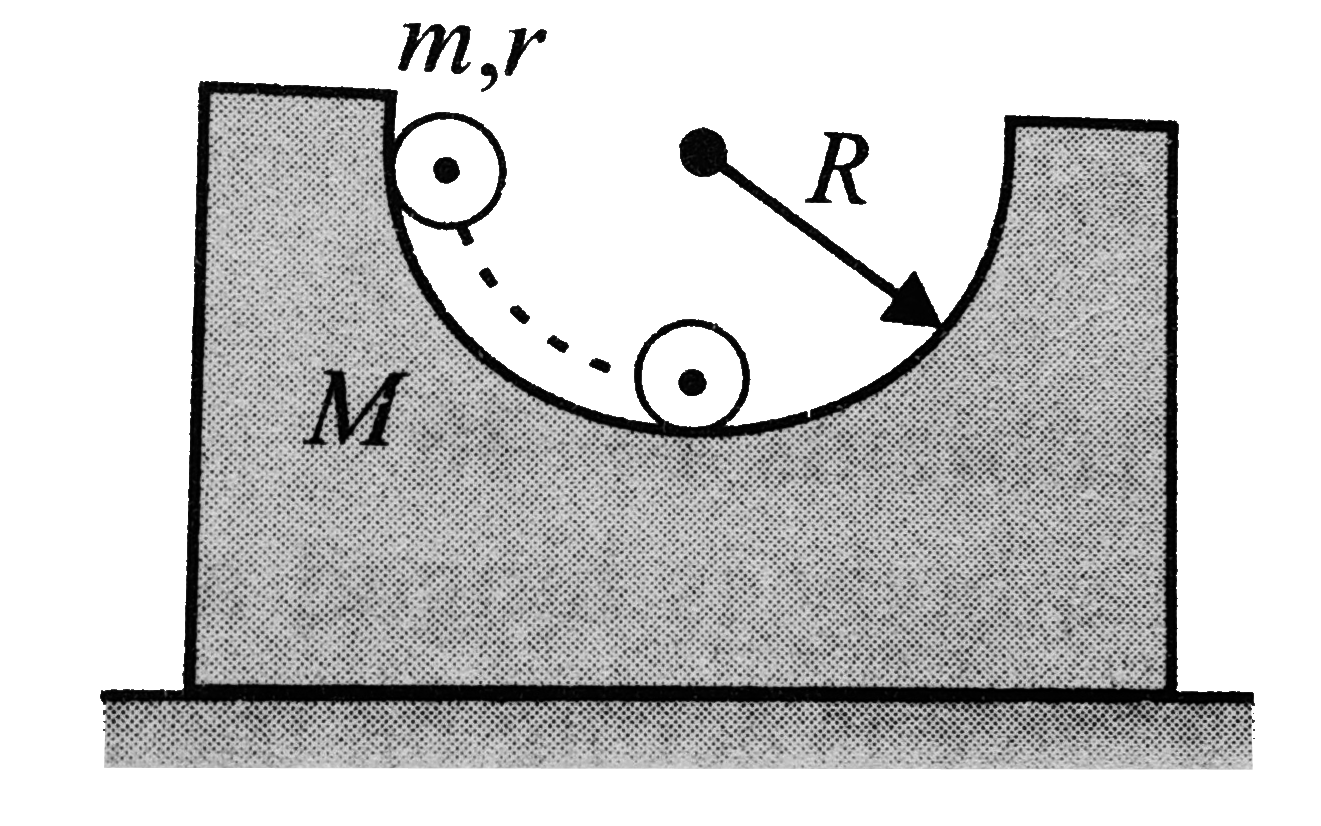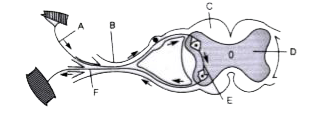Answer the following questions pertaining to the brown ring test for nitric acid :
Give a reason why the brown ring does not settle down at the bottom of the rest tube.
To answer the question regarding why the brown ring does not settle down at the bottom of the test tube during the brown ring test for nitric acid, we can follow these steps:
1. Understanding the Components: The brown ring test involves the reaction of iron(II) sulfate (FeSO4) with concentrated nitric acid (HNO3) in the presence of concentrated sulfuric acid (H2SO4).
2. Density of Concentrated Sulfuric Acid: Concentrated sulfuric acid has a high density (approximately 1.98 g/cm³), which is significantly greater than that of water (1 g/cm³). This high density causes it to form a distinct layer at the bottom of the test tube.
3. Formation of the Brown Ring: When the concentrated sulfuric acid is added to the mixture, it does not mix uniformly with the iron(II) sulfate solution. Instead, it creates a denser layer at the bottom. The brown ring, which is formed by the complex (Fe(H2O)5(NO))^2+, appears at the interface (junction) between the concentrated sulfuric acid and the iron(II) sulfate solution.
4. Why the Brown Ring Does Not Settle: The brown ring does not settle down to the bottom of the test tube because it is formed at the interface of the two layers (the concentrated sulfuric acid and the iron(II) sulfate solution). Since the brown ring is a complex formed in solution, it remains suspended at the junction due to the differences in density and the nature of the reaction.
5. Conclusion: Therefore, the brown ring does not settle down at the bottom of the test tube because it is formed at the interface of the two layers and is stabilized in that position by the differing densities of the liquids involved.
Topper's Solved these Questions
- STUDY OF COMPOUNDS - NITRIC ACID BOOK - ICSECHAPTER - STUDY OF COMPOUNDS - NITRIC ACID EXERCISE - ADDITIONAL QUESTIONS
21 Videos
- STUDY OF COMPOUNDS - HYDROGEN CHLORIDEBOOK - ICSECHAPTER - STUDY OF COMPOUNDS - HYDROGEN CHLORIDEEXERCISE - UNIT TEST PAPER 7A - HYDROGEN CHLORIDE
28 Videos
- STUDY OF COMPOUNDS - STUDY OF HYDROGEN CHLORIDE (HCL)BOOK - ICSECHAPTER - STUDY OF COMPOUNDS - STUDY OF HYDROGEN CHLORIDE (HCL)EXERCISE - QUESTIONS FOR PRACTICE
36 Videos
Similar Questions
Answer the following questions pertaining to the brown ring test for nitric acid : State why the unstable brown ring decomposes completely on disturbing the test tube .
View SolutionWhich of the following salt will not give positive brown ring test?
View SolutionA uniform solid cylinder of mass 2kg and radius 0.2m is released from rest at the top of a semicircular track of radius 0.7m cut in a block of mass M=3kg as shown in Fig. The block is resting on a smooth horizontal surface and the cylinder rolls down without slipping. Based on the above information, answer the following questions:

The speed of the point of contact of the cylinder with the block w.r.t. ground, when the cylinder reaches the bottom of the track is
View SolutionExplain with the help of a balanced equation, the brown ring test for nitric acid.
View SolutionGive reasons for the following - pertaining to the above laboratory preparation of nitric acid
(i) concentrated hydrochloric acid is not used as a reactant in the laboratory preparation
the complete apparatus in the laboratory preparation does not contain parts made of rubber or cork. ,
(iii) the reaction temperature is maintained below 200∘C
(iv) at high temperatures the sodium sulphate or potasium sulphate formed , forms a crust and sticks to the glass apparatus .
View SolutionWith reference to the Union Parliament, answer the following questions:
How many members may be nominated to the Lok Sabha and the Rajya Sabha ? Give one reason as to why they may be nominated to the Lok Sabha.
View SolutionThe following questions pertain to the laboratory prepration of hydrogen chloride. Gas :
Write the equation for its preparation ,menfioning the condition required .
Name the drying agent used in the above preparation and give a reason for the choice.
(iii State a safety precaution taken during the preparation of hydrochloric acid .

View SolutionThe diagram given below is a representation of a phenomenon pertaining to the nervous system. Study the diagram and answer the following questions:

(i) Name the phenomenon that is being depicted.
(ii) Give the technical term for the point of contact between the two nerve cells.
(iii) Name the parts A, B, C and D.
(iv) Write the functions of parts E and F.
(v) How does the arrangement of neurons in the spinal cord differ from that of the brain.
View SolutionGive reasons for the following :
(i) Nitric oxide become brown on exposure to air
View Solution
Salt(A) on heating gives a colourless neutral gas which supports combustion.
From the aforesaid, flow diagram, answer the following questions.
The basic radical of salt (A) and gas B both gives brown precipitate with Nessler's reagent.The composition of the brown precipitate is:
View Solution
